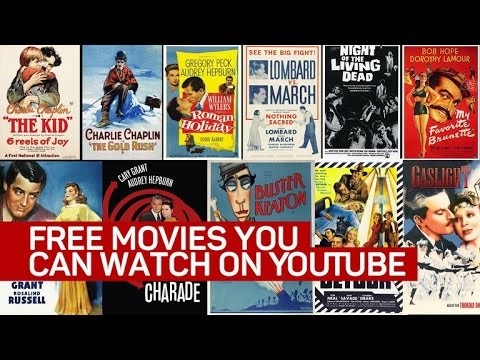THE debate over YouTube’s place in film distribution has never been louder. In recent times, the use of the platform as a primary distribution channel for movies has sparked heated conversations among filmmakers. Is it a gateway to opportunity or a trap that stifles growth?
Two industry voices—US-based-Ghanaian filmmaker Leila Djansi and rapper-turned-filmmaker Big Ghun offer differing perspectives that capture both the promise and pitfalls of YouTube.
For Leila Djansi, YouTube is a shaky foundation. She argues the platform’s ever-changing algorithms and sheer content overload make it unreliable for serious filmmakers.
She cautions that earnings can plummet overnight, while piracy and congestion strip creators of both revenue and recognition. Moreover, she emphasises that placing government-funded films on YouTube would be wasteful.
Big Ghun, on the other hand, argues that YouTube serves its purpose well for filmmakers who choose it. He sees it as an accessible stepping stone, particularly for young filmmakers seeking exposure. (Read EDITOR'S LENS: Saving creatives from the claws of drug abuse)
He notes that the platform provides an opportunity for young filmmakers to build an audience and gain experience in the industry.
According to Big Ghun, YouTube's free-to-view model and relatively relaxed quality standards make it an attractive option for creators who want to reach a wider audience.
Ultimately, he believes every filmmaker has a different target for their work, and YouTube can be a practical distribution channel for those who find it suitable.
While both positions carry weight, Graphic Showbiz believes it is essential for filmmakers to consider their specific needs and goals.
YouTube can be a valuable platform for reaching a broad audience, but it may not be the best option for filmmakers seeking financial stability or control over their content.
As veteran Nollywood actor Kanayo O. Kanayo pointed out some time ago, the trend of rushed ‘one-day shoot’ productions for YouTube undermines professionalism and longevity of African cinema. (Read EDITOR'S LENS: …Of lyrics and other elements in ‘cooking’ good music)
However, Graphic Showbiz encourages filmmakers to understand their goals and how YouTube aligns with them and also consider if the type of audience they want to reach matches their target demographic.
YouTube can serve as an entry point, but pairing it with alternative platforms maximises reach and revenue, while reducing dependency on a single, volatile channel.
Therefore, the decision to use YouTube as a primary platform for film distribution depends on individual circumstances and goals. The key is knowing why, when, and how to use it.
By weighing the pros and cons and considering alternative strategies, filmmakers can make informed decisions about how to best showcase their work and achieve success in the ever-evolving film industry. (Read Editor's Lens: To our celebrities, your health matters)

